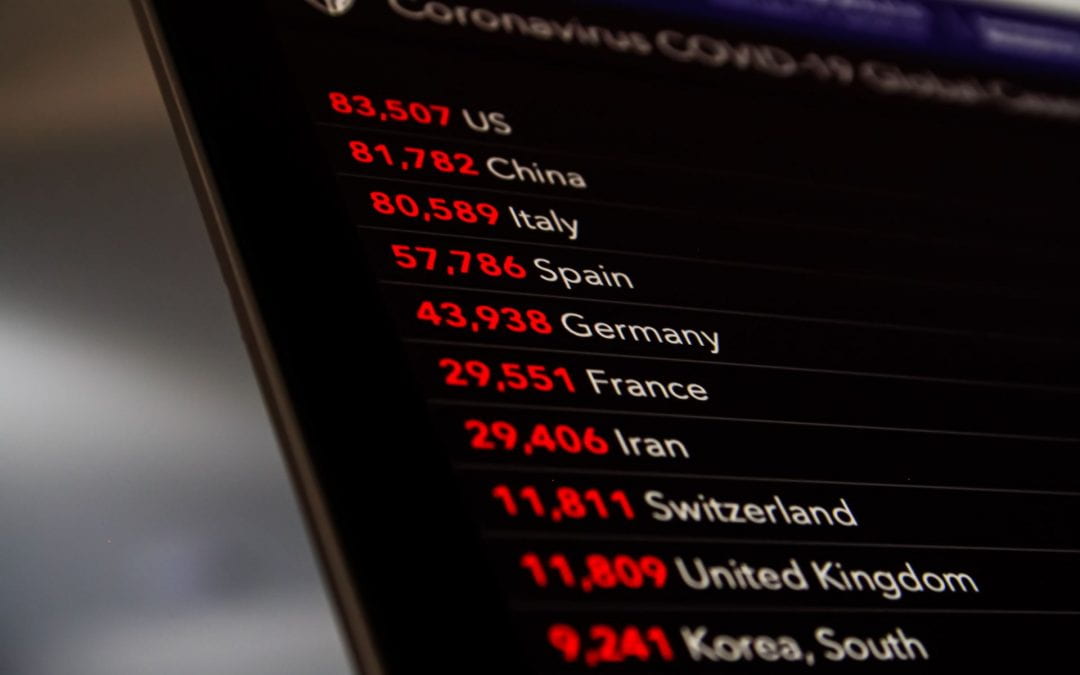By Justine Pillay
Spain was amongst the nations hardest hit by the pandemic and, despite the uneasiness surrounding Sánchez’s late response to the crisis, even by his hardline supporters, Spain is on its way to recovery.
On a Thursday evening in Salamanca, the stunning, vibrant student city in the heart of Castilla y Léon, Spain, the Plaza Mayor is brimming with activity. The terrazas are lined with people young and old sipping cervezas and vinos, nibbling on the divine variety of pinchos on offer, talking loudly and laughing while unsupervised children zoom across the cobblestones. Overly friendly club promoters scope out the international students like birds of prey – Gatsby? The Irish Pub? Capitolium? The entire square is illuminated in gold. Life is good. Well, not in 2020.
As one of the first European countries to experience the arrival of COVID-19, the proverbial icing on the oatmeal and raisin cookie that has been 2020, Spain’s response to the global pandemic has been amongst the most severe in its restrictions. My former home of Salamanca, where I lived and studied between 2017 and 2018, was one of the first cities in the country to report cases of COVID-19. The news was unsurprising given Salamanca’s status as a hub of international activity due primarily to the Universidad de Salamanca and the widely popular Cursos Internacionales, a Spanish language programme designed for foreign students.
The facts and figures of the impact of COVID-19 on Spain is well documented. The left-wing Spanish newspaper, El País, has dedicated an entire section of its website to reports on the virus, detailed statistics and over thirty podcasts under the title “Crónicas de un virus”. The more right-leaning La Razón has also allocated a section of its online platform to reports on COVID-19. Given the wide availability of this statistical information, this article will focus more on the social impact of the pandemic on every-day Spaniards, in particular those living in Salamanca. During my time there I got to know many people, including fellow students and bar and restaurant owners (mainly due to my staunch opposition to cooking at home and my fondness for a Cubata while watching Real Madrid matches). Having kept up with their regular Facebook updates, it is apparent that the impact of the crisis has been felt intensely in the community. Not only has COVID-19 imposed heavy restrictions on daily life and caused the temporary shutdown of my usual haunts, it has also challenged the cultural norms of Spanish society.
Around mid-March, President Pedro Sánchez announced Spain’s lockdown. The news was in response to escalating numbers of COVID-19 cases which, at that point, stood at around 6,200 people infected and 190 deaths. At the time of writing this article, the numbers are currently 248,469 infected, 28,341 deaths and 150,376 recovered. By international standards, the restrictions placed by Sánchez’s government were harsh. Spaniards were confined to their homes and were not allowed to leave except for essential work, groceries, or medical supplies. Unlike in New Zealand, they were not permitted to leave their homes even for a short stroll. By 26 April, amendments were made to allow young children to leave the house for an hour of exercise every day.
In New Zealand we enjoy the occasional lunch in the city with a few friends, and perhaps there’s a small group of close mates we’d give a genuine hug instead of a cool-guy back slap. In Spain, the culture of eating out, socialising, and displays of friendly affection is ingrained in Spanish DNA. In Salamanca, every morning the cafés are filled with people enjoying their first café con leche. Every afternoon the Plaza is packed with patrons ordering from the three-course menú del día. Every evening around 10 the bars are occupied by whole families and groups of friends enjoying tapas and drinks together. This is the daily routine. Even on public holidays, the Spanish are loath to spend their days indoors instead of out on the streets with the rest of the community. It is within this context that we need to examine the enormity of the restrictions placed on the Spanish population and why it was felt so deeply by the people.
In late April, Sánchez announced a four phase “exit strategy” to guide Spain back into a state of normalcy. Fase 0, where Spaniards found themselves at the beginning of May, was the preparation phase. Each phase was cited to last for a minimum of two weeks with the transition occurring at different rates in different communidades, accounting for areas more affected than others. During Fase 0, Spaniards could leave their homes for sport and exercise within restricted hours. To the delight of the football-loving public, in mid-May professional teams were allowed to resume training (at a safe distance of course) with the prospect of the return of La Liga imminent. Other activities like shopping, going to the museum, and visiting places of worship were allowed but with heavy restrictions and hygiene measures put in place, and bars and restaurants reopened for takeaway only. Fase 0 was a sigh of relief for most Spaniards. Many did not wait long before returning to the streets, mask-clad, gloved, and trying their best to avoid air kisses.
As of 19 June, the majority of the country found itself in Fase III. Most retail and hospitality-based work had returned at 50% capacity, people were free to move within their region, and weddings and funerals had been permitted once again but with some restrictions. Regions of Galicia, the Basque Country and Catalonia had already entered the “new normal” which simply required social distancing and hygiene practices, while the more central regions, including Salamanca, remained in Fase II. At the time of writing, Spain as a whole has returned to the “new normal” and is in much the same position as New Zealand. Despite still high numbers of infections and deaths, Spain has announced plans to slowly reopen its borders to Europe.
Spain was amongst the nations hardest hit by the pandemic and, despite the uneasiness surrounding Sánchez’s late response to the crisis, even by his hardline supporters, Spain is on its way to recovery. I know many, including myself, are very eager to return to those sunny terrazas once again, probably with a nice heaped helping of patatas bravas.
For more information on COVID-19, head to the Ministry of Health website.
Justine Pillay is a Graduate Teaching Assistant in the Department of Culture, Languages and Literature at the University of Auckland. Her Master of Arts in Spanish and Latin American Studies, and her BA (Hons) in History, were obtained from the University of Auckland with a year abroad at the Universidad de Salamanca, Spain. Her research centres on Spanish literature and propaganda produced during the Spanish Civil War.
This article is published as part of a series commissioned by the Europe Institute at the University of Auckland.
For more on the Europe Institute, click here.
Disclaimer: The ideas expressed in this article reflect the author’s views and not necessarily the views of The Big Q.
You might also like:
Is German creativity, solidarity and the odd Berlin graffito an answer to COVID-19?
What happens when a nation’s leader is a doctor?


